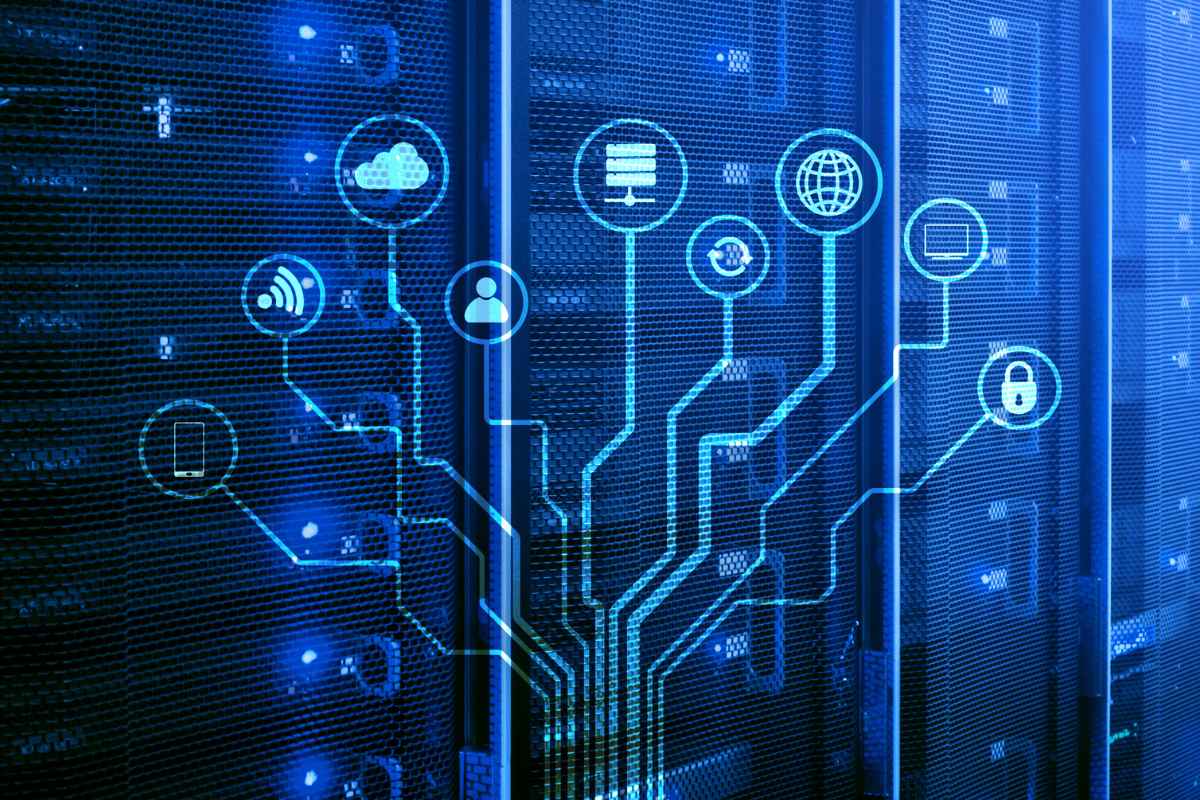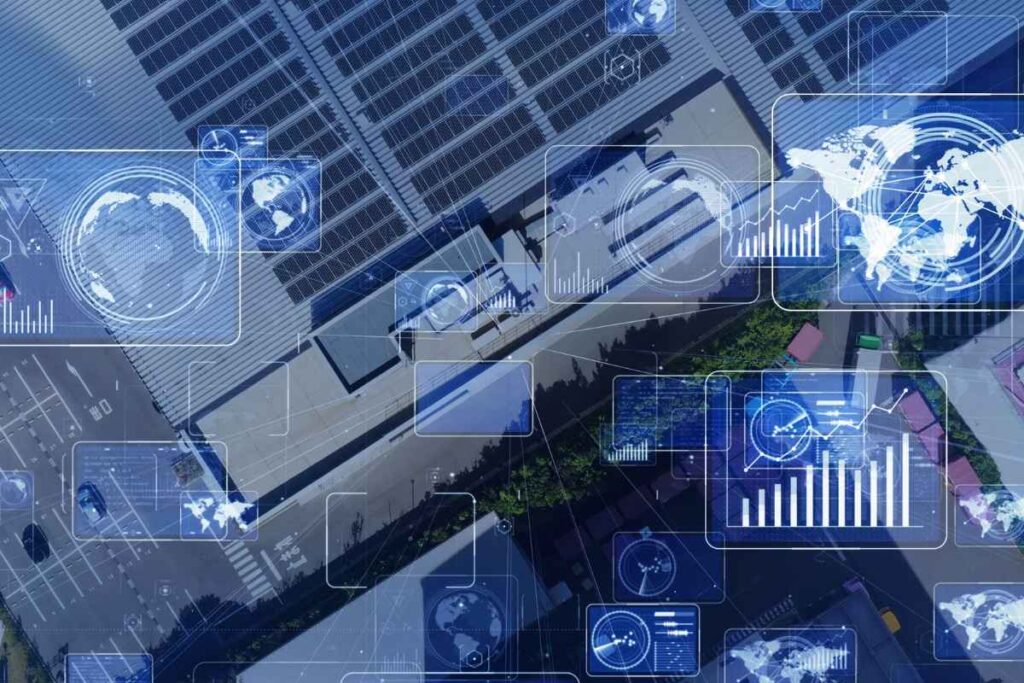
Introduction to the Internet of Things (IoT)
The Internet of Things (IoT) is a transformative technology that connects everyday objects to the Internet, allowing them to send and receive data. This network of interconnected devices, ranging from household appliances to industrial machinery, has the potential to revolutionize industries and improve the way we live and work. As the Internet of Things (IoT) continues to expand, it creates new opportunities for businesses and consumers alike, driving innovation and fostering a more connected world.
At its core, the Internet of Things (IoT) involves embedding sensors, software, and other technologies into physical devices, enabling them to communicate with each other and with centralized systems. These smart devices can monitor, collect, and exchange data in real time, providing valuable insights and enhancing efficiency. From smart homes to smart cities, the Internet of Things (IoT) is reshaping how we interact with our environment and opening up new possibilities for automation and intelligence.
The Role of IoT in Industry 4.0

Industry 4.0, the fourth industrial revolution, is characterized by the integration of digital technologies into manufacturing and production processes. The Internet of Things (IoT) plays a pivotal role in this transformation, enabling machines, equipment, and systems to connect and communicate seamlessly. This connectivity allows for real-time monitoring, predictive maintenance, and data-driven decision-making, ultimately leading to increased productivity and reduced operational costs.
In the manufacturing sector, the Internet of Things (IoT) has paved the way for smart factories, where machines and devices are interconnected to optimize production processes. By collecting and analyzing data from various sources, manufacturers can identify inefficiencies, predict equipment failures, and improve overall quality. The Internet of Things (IoT) also facilitates supply chain management by providing real-time visibility into inventory levels, transportation, and logistics.
Beyond manufacturing, the Internet of Things (IoT) is driving innovation in other industries, such as healthcare, agriculture, and transportation. In healthcare, IoT-enabled devices are being used to monitor patients remotely, track vital signs, and ensure medication adherence. In agriculture, the Internet of Things (IoT) enables precision farming, where sensors monitor soil conditions, weather patterns, and crop health, leading to optimized resource usage and higher yields. In transportation, IoT technologies are enhancing fleet management, improving safety, and enabling the development of autonomous vehicles.
The Impact of IoT on Everyday Life
The Internet of Things (IoT) is not limited to industrial applications; it is also transforming everyday life in profound ways. Smart homes, equipped with IoT-enabled devices, are becoming increasingly popular, offering convenience, energy efficiency, and enhanced security. From thermostats that adjust based on occupancy to lights that turn on and off automatically, the Internet of Things (IoT) is making homes smarter and more responsive to the needs of their occupants.
Wearable devices, another significant aspect of the Internet of Things (IoT), are changing the way we monitor our health and fitness. These devices, such as smartwatches and fitness trackers, collect data on physical activity, heart rate, and sleep patterns, providing users with insights into their well-being. The Internet of Things (IoT) also extends to personal safety, with devices that can alert emergency services in the event of an accident or health crisis.
In urban environments, the Internet of Things (IoT) is playing a crucial role in the development of smart cities. IoT technologies are being used to manage traffic, reduce energy consumption, and improve public services. For example, smart traffic lights can adjust their timing based on real-time traffic conditions, reducing congestion and emissions. Additionally, IoT-enabled waste management systems can optimize collection routes, leading to more efficient and cost-effective operations.
The Role of the Network Transformation Industry in IoT

As the Internet of Things (IoT) continues to grow, the demand for robust and scalable networks has become more critical than ever. The Network Transformation Industry is at the forefront of this evolution, providing the infrastructure and solutions needed to support the vast number of IoT devices and the massive amounts of data they generate. This industry is focused on transforming traditional networks to accommodate the unique requirements of IoT, including low latency, high reliability, and enhanced security.
One of the key challenges in the Internet of Things (IoT) is the need for seamless connectivity across a wide range of devices and environments. The Network Transformation Industry is addressing this challenge by developing advanced networking technologies, such as 5G, edge computing, and software-defined networking (SDN). These innovations enable faster data transmission, reduced latency, and more efficient use of network resources, all of which are essential for the successful deployment of IoT solutions.
5G, in particular, is a game-changer for the Internet of Things (IoT). With its high-speed, low-latency capabilities, 5G networks can support the massive scale of IoT deployments, from connected vehicles to smart cities. The Network Transformation Industry is playing a crucial role in rolling out 5G infrastructure, ensuring that it meets the demands of IoT applications and provides a reliable foundation for future growth.
Edge computing is another critical aspect of the Network Transformation Industry’s contribution to the Internet of Things (IoT). By processing data closer to the source, edge computing reduces the need for data to travel long distances to centralized data centers, thereby minimizing latency and improving response times. This is particularly important for time-sensitive IoT applications, such as autonomous vehicles and industrial automation, where even a slight delay can have significant consequences.
Security and Privacy in the IoT Ecosystem
As the Internet of Things (IoT) continues to expand, security and privacy concerns have become increasingly prominent. The sheer number of connected devices, coupled with the sensitive nature of the data they collect and transmit, makes the IoT ecosystem a prime target for cyberattacks. Ensuring the security and privacy of IoT devices and networks is a critical challenge that must be addressed to realize the full potential of the Internet of Things (IoT).
The Network Transformation Industry is actively working on solutions to enhance the security of IoT networks. This includes developing encryption protocols, authentication mechanisms, and intrusion detection systems that can protect against unauthorized access and data breaches. Additionally, the industry is focused on building security into IoT devices from the ground up, ensuring that they are resilient to attacks and capable of defending themselves against threats.
Privacy is another major concern in the Internet of Things (IoT). With vast amounts of personal data being collected by IoT devices, there is a growing need for robust privacy protections. The Network Transformation Industry is addressing this issue by implementing data anonymization techniques, consent management systems, and data minimization practices. These measures help to ensure that an individual’s privacy is respected while still allowing for the valuable insights that IoT data can provide.
The Future of the Internet of Things (IoT)

The Internet of Things (IoT) is still in its early stages, but its potential is vast. As technology continues to evolve, we can expect to see even greater levels of connectivity and automation across all aspects of life. The ongoing advancements in the Network Transformation Industry will play a crucial role in enabling this future, providing the infrastructure and solutions needed to support the next generation of IoT applications.
One of the most exciting developments in the Internet of Things (IoT) is the rise of artificial intelligence (AI) and machine learning. These technologies, when combined with IoT, can enable even more intelligent and autonomous systems. For example, AI-powered IoT devices can learn from their environment, adapt to changing conditions, and make decisions in real time, all without human intervention. This opens up new possibilities for everything from smart homes to industrial automation.
Another area of growth for the Internet of Things (IoT) is the expansion of smart cities. As urbanization continues to increase, cities around the world are turning to IoT solutions to manage resources, improve services, and enhance the quality of life for their residents. The Network Transformation Industry will be instrumental in supporting this growth, providing the connectivity and infrastructure needed to make smart cities a reality.
Conclusion
The Internet of Things (IoT) is transforming the way we live, work, and interact with the world around us. From smart homes to smart cities, the potential of IoT is vast, and its impact is being felt across a wide range of industries. The Network Transformation Industry is playing a critical role in enabling this transformation, providing the infrastructure and solutions needed to support the growing number of IoT devices and the massive amounts of data they generate.
As we look to the future, the Internet of Things (IoT) will continue to evolve, driven by advancements in technology and the ongoing efforts of the Network Transformation Industry. With the right infrastructure in place, the possibilities for IoT are limitless, paving the way for a more connected, efficient, and intelligent world.




__Transforming_Connectivity_and_Enabling_the_Future.jpg)
Comments